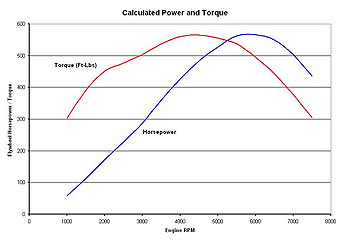Just came up in the German i3 forum:
http://www.goingelectric.de/forum/bmw-i3-range-extender/staerkerer-rex-t4980.html
In the i3 price list of march 2014, the REx is described to have 25 kW at 4.300 rpm.
Later list has changed, now it is 28 kW at 5.000 rpm.
Looked at my own documents, my REx delivery May 15th has 28 kW.
And just someone posted that his REx delivery March 28th also has 28 kW.
So they made up their mind to give it some more power by going up with the revs.
Same with your RExes in the US?
That would ease your worries about going uphill with only 6.5% in the battery.
Frank
Germany
http://www.goingelectric.de/forum/bmw-i3-range-extender/staerkerer-rex-t4980.html
In the i3 price list of march 2014, the REx is described to have 25 kW at 4.300 rpm.
Later list has changed, now it is 28 kW at 5.000 rpm.
Looked at my own documents, my REx delivery May 15th has 28 kW.
And just someone posted that his REx delivery March 28th also has 28 kW.
So they made up their mind to give it some more power by going up with the revs.
Same with your RExes in the US?
That would ease your worries about going uphill with only 6.5% in the battery.
Frank
Germany





